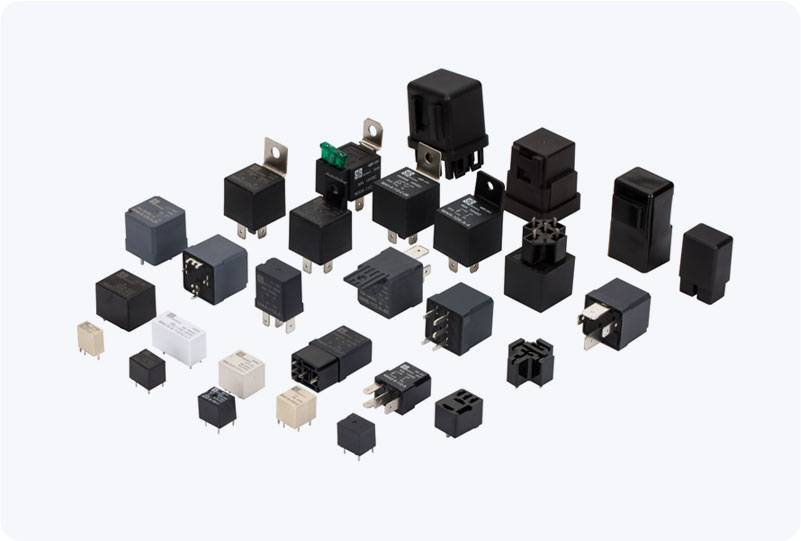precharge relay for ev: a crucial component for safe and efficient battery charging
Release time:2025-08-20 11:53:41
In the rapidly growing world of electric vehicles (EVs), safety, efficiency, and reliability are paramount. As EVs rely heavily on advanced electrical systems and high-capacity batteries, ensuring the smooth operation of these components is essential. One such critical component in the EV powertrain is the precharge relay, which plays a pivotal role in safeguarding the vehicle’s electrical system, particularly during the charging process. In this article, we will delve into the functionality, importance, and operation of the precharge relay in electric vehicles.

Understanding Precharge Relay for EV
The precharge relay is an integral part of an EV’s electrical architecture. Its primary function is to prevent any sudden surge of current when the high-voltage system is first activated. This surge can be detrimental to both the battery pack and the power electronics in the EV. The relay ensures that the high voltage from the power source is safely and gradually introduced to the battery, avoiding damage that could be caused by instantaneous high current flow.
Role of Precharge Relay in Electric Vehicles
EVs operate with high-voltage batteries and electric powertrains that can handle substantial currents. However, when connecting the battery to the charging system, a direct connection could cause an electrical shock or surge. This is particularly true when a battery’s voltage is significantly lower than the charger’s output voltage. If such a surge occurs, it could potentially damage the battery cells or the sensitive electronics in the vehicle, such as the inverter or the power control unit.

